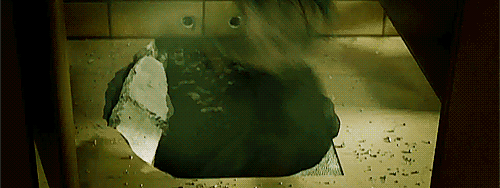
I can promise you that these web quests will probably never stop. On this one, the goal was to research the more positive side of the cell cycle by learning about stem cells.
Below is the activity we must complete:
“Go to the NIH site on stem cells: http://stemcells.nih.gov/info/Pages/Default.aspx and click on the Info Center link “Stem Cell Basics.” Starting with the “Introduction” section, read the information presented.
Use the site’s glossary to find definitions for these important terms:
Cell-based therapies- Treatment where stem cells are induced to differentiate into specific cell types required
Differentiation- Process where an unspecialized embryonic cell gets the specialized cell like a heart, liver, or muscle cell.
Embryonic stem cell line- Primitive cells that are derived from preimplantation-stage embryos, are capable of dividing without differentiation for a prolonged period in a culture. They’re known to develop into cells and tissues of the three primary germ layers.
In Vitro- (Latin for “in glass”) In a lab dish or test tube.
Plasticity- Things that can change shape or form, like the brain.
Pluripotent- State of a single cell that is capable of differentiating into all the tissues of an organism. Alone, it’s not capable of sustaining full organism development.
Proliferation- Expansion of number of cells by the continuous division of single cells into two identical daughter cells.
Therapeutic cloning- The process of using somatic nuclear cell transfer to produce cells that exactly match a patient
Use this site and/or other resources to figure out the basics of what stem cells are. Be able to answer these questions:
- What are the unique properties of all stem cells? Explain in your own words what each property means.
Stem cells are unique in three different main ways. They are unspecialized, give rise to specialized cells, and are capable of dividing and renewing themselves for long periods of time. First of all, they are able to divide because of proliferation, or divide into two identical daughter cells. This is pretty much the cell cycle. Cells are unspecialized because they don’t have specific functions, like pumping blood or acting as nerves. But, they can give rise to specialized cells by differentiation, or changing it’s physical or chemical features to work a function.
2. What are the two main kinds of stem cells used by researchers? What are the major differences between the two types in terms of their sources and usefulness to researchers? Give examples of uses for each type of stem cell.
Two main kinds of stem cells are embryonic stem cells and adult stem cells. They have the major difference of how many and the type of differentiated cell they have the possibility of becoming. For embryonic cells, they can grow easily as any type of cell structure. On the other hand, adult stem cells are unable to work in large numbers of expansion in many, especially mature tissue types.
- List some of the diseases that scientists think may be treated using stem cell research and suggest how stem cells might be used to treat each disease.
Scientists think that stem cells would be able to treat diseases like cancer or birth defects that are controlled by the production of stem cells. For cancer, if not many cells are being produced due to TSG, stems cells could grow and generate the missing cells. Stem cells would be able to control the differentiation and proliferation of cells in the body.
- What are the necessary characteristics that laboratory-manipulated stem cells will need to have in order to be successfully used in cell-based therapies (what will stem cells need to be able to do)?
Laboratory-manipulated stem cells need to be able to both differentiate and proliferate on their own terms. Also, when transplanted, they need to survive and be able to work the functions of the type of cell being taken place. Also, and most importantly, they can’t cause any further problems for the recipient like death for example.”